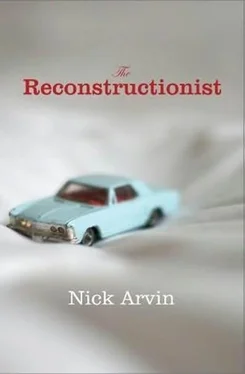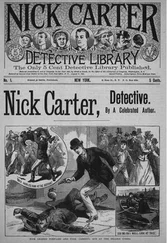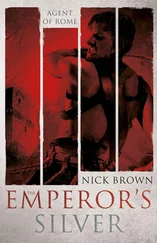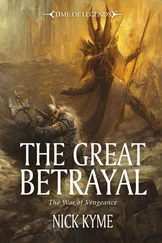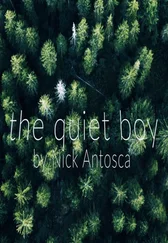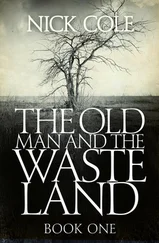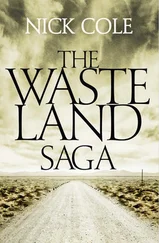
Nick Arvin
The Reconstructionist
© 2010
At a loose end after college, Ellis Barstow drifts back to his home town and a strange profession: reconstructing fatal traffic accidents. He seems to take to the work immediately, and forms a bond with his boss and mentor, John Boggs, an intriguing character of few but telling words.
Yet Ellis is harbouring a secret. He was drawn to the reconstructionist’s grisly world by the fatal crash that killed his half-brother Christopher and that still haunts him; in fact his life has been shaped by car accidents. Boggs, in his exacting way, would argue that ‘accident’ is not the right word, that if two cars meeting at an intersection can be called an accident then anything can – where we live, what we do, even who we fall in love with.
For Ellis these things are certainly no accident. And he harbours a second, more dangerous secret, one that threatens to blow apart the men’s lives and which, as the story’s quiet momentum builds, leads to a desperate race towards confrontation, reconciliation and survival.
AT THE SOUND of shrieking tyres the boys stop and hold. Ellis is nine and Christopher, his half-brother, is eleven. They stand anticipating the resonant crash of large metal bodies at speed, but even so, when it comes, they startle. The glare on the television glass quivers. A lingering metallic sound, like a rolling paint can, drifts away.
Silence resumes.
The boys stampede the door.
A high wooden fence surrounds their subdivision, and on the other side lie what they call the big streets . They run nearly a quarter-mile to reach an opening in the fence and turn into the big streets where a line of unmoving traffic is already forming, car behind car, drivers staring dully toward the intersection. Ellis wheezes and feels the shortness of his legs relative to Christopher’s, but he keeps up. A pair of teenagers stand on the sidewalk hand in hand, peering toward the stop lights, and the two boys spin around on either side. A siren’s howl draws toward the intersection from across town.
Two boxy American sedans – a Chevy and a Plymouth – have a startling appearance: they lie in unnatural postures, pointed in oblique directions, damaged in dark inversions, their black guts exposed, their glossy surfaces crushed, twisted and torn. An acrid odour cuts the air, and for a minute Ellis holds his breath against it. A green Kool-Aid-coloured fluid glistens in an arc on the asphalt. Across the intersection a chrome hubcap lies shining. It matches the chrome hubcaps on the nearest sedan, the Plymouth, where a fat man and his fat wife stand. The husband peers toward the approaching sirens while his wife glances at her watch, repeatedly, and Ellis wonders why she is barefoot. In the Chevy are two women. One, older, is comforting the other, a young woman with heaps of hair who holds her hands over her face and intermittently moans, a sound Ellis hears faintly, muffled by distance.
A few people gather on the corners. Two more boys from the neighbourhood arrive. A third. They punch one another on the shoulder. A policeman picks up the hubcap and directs traffic around the damaged vehicles. Another policeman talks to the women in the Chevy and scribbles on a notepad. An ambulance arrives. The woman holding her face is placed onto a gurney and swallowed by the ambulance. A wrecker with flashing amber lights backs up to the Plymouth while the ambulance moves off with its siren alternating yowls, bleeps and squawks.
The twins trot in, and they get punched on the shoulders, too.
The sedans are trundled away behind a pair of wreckers. A cop remains, taking notes, talking with people. He measures distances with a wheel on a stick that he rolls from point to point. He retrieves a camera from the trunk of his cruiser and takes photos. ‘Go home,’ he shouts toward the boys. They sidle a few steps down the sidewalk and loiter there. Only when this cop, too, has climbed into his car and driven away does Christopher start to saunter down the sidewalk, and the others follow. The short twin trips and stumbles, and someone giggles. ‘It was an accident,’ the short twin protests, and the others laugh. They pretend to trip, flail around, clutch one another. One of the boys jogs backward in front of the short twin and chants in his face, ‘Accident, accident.’ Christopher steps a little further ahead, waves a fist in the air and shouts, ‘Ax-E-Dent! Ax-E-Dent!’
Ellis shouts, ‘Ax-E-Dent!’
Christopher screams, ‘Ax! E! Dent!’
The boys parade along the sidewalk, chanting, ‘Ax-E-Dent! Ax-E-Dent! Ax! E! Dent!’
The tall twin screams, ‘Crash!’ A boy shouts, ‘Smash!’ Another hollers, ‘Blood!’ And another, the son of a mechanic, yells, ‘Glycol!’ They beat one another on the shoulders and shake their fists skyward as if on a team that has won. Soon they begin to sprint and strain for speed.
The next day, Ellis rides through the intersection with his mother in her Oldsmobile. The damaged vehicles are gone, of course, and the splash of green fluid has vanished, too. The only indications of the collision are a couple of short dark tyre marks on the road and, at the corners of the intersection, near the kerbs, shards of glass and broken ruby-coloured plastic, pushed by passing tyres into long shallow piles.
WHEN ELLIS BARSTOW finished college he took a job in a plant that manufactured axles and driveshafts for pickup trucks and SUVs. His workday began and ended with a journey across the plant floor, and curiosity took him on circuitous routes through the drills and lathes, assembly lines, clapping stamping presses, robot arms manoeuvring weld pincers, and a heat-treatment area where tubular furnaces glowed and flamed under the care of hunched, thin old men wearing goggles and asbestos gauntlets. Ellis liked these walks, liked gawking, liked the spectacle of a mechanised world where the sprawl of machines spread out of sight to all sides, conveyor systems criss-crossed overhead, and grates underfoot showed milk-coloured lubricants coursing in streams. And he liked how sometimes, as if to sharpen the strangeness, a sparrow swooped down from some dark nook overhead and worried at a stray Cheeto or muffin paper on the blackened floor.
But the rest of the job was more difficult.
He had earned a degree in mechanical engineering without developing any concrete ideas about what he wanted to do with it. He had thought maybe he would like to work with things that made things, so he had taken a job where things were made. His particular realm was a 10.5-inch differential assembly line with twenty-two manned stations that pieced together a set of gears and then secured them into a housing, called a pig-head because it looked like one. The line workers accomplished their work by fitting parts into fixtures, then pressing buttons to engage a press, or spin down a set of bolt drivers. Then they pulled out the result and put it on a conveyor to the next station, until it reached the end of the line, went onto a pallet, and a forklift carried it away.
He was, ostensibly, an engineer. The human resources department had given him a box of business cards that said Ellis Barstow, Engineer . And on Ellis’s first day a bearing-press operator had come over, shaken his hand and said, ‘Great to meet a new engineer.’ The man grinned. ‘Know why I like engineers?’ He then – while Ellis stared with lagging comprehension – dropped his coveralls and danced a naked jig. ‘Because,’ he shouted, ‘they suck great dick!’ Then he pulled up his overalls and went back to work.
Читать дальше
